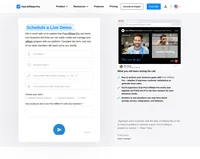Of the millions of ways you can market a product, affiliate programs are quickly becoming one of the most popular supplemental marketing methods. Affiliate marketing programs generate 15-30% of all sales for advertisers, making it a hefty chunk of your marketing pie.
But a lot of business owners still have questions — they want to jump in, but are quickly overwhelmed by options. With affiliate marketing, the two main options are to join an existing affiliate network or to create your own program from scratch. As you can imagine, both have their pros and cons. Let’s dive into them.
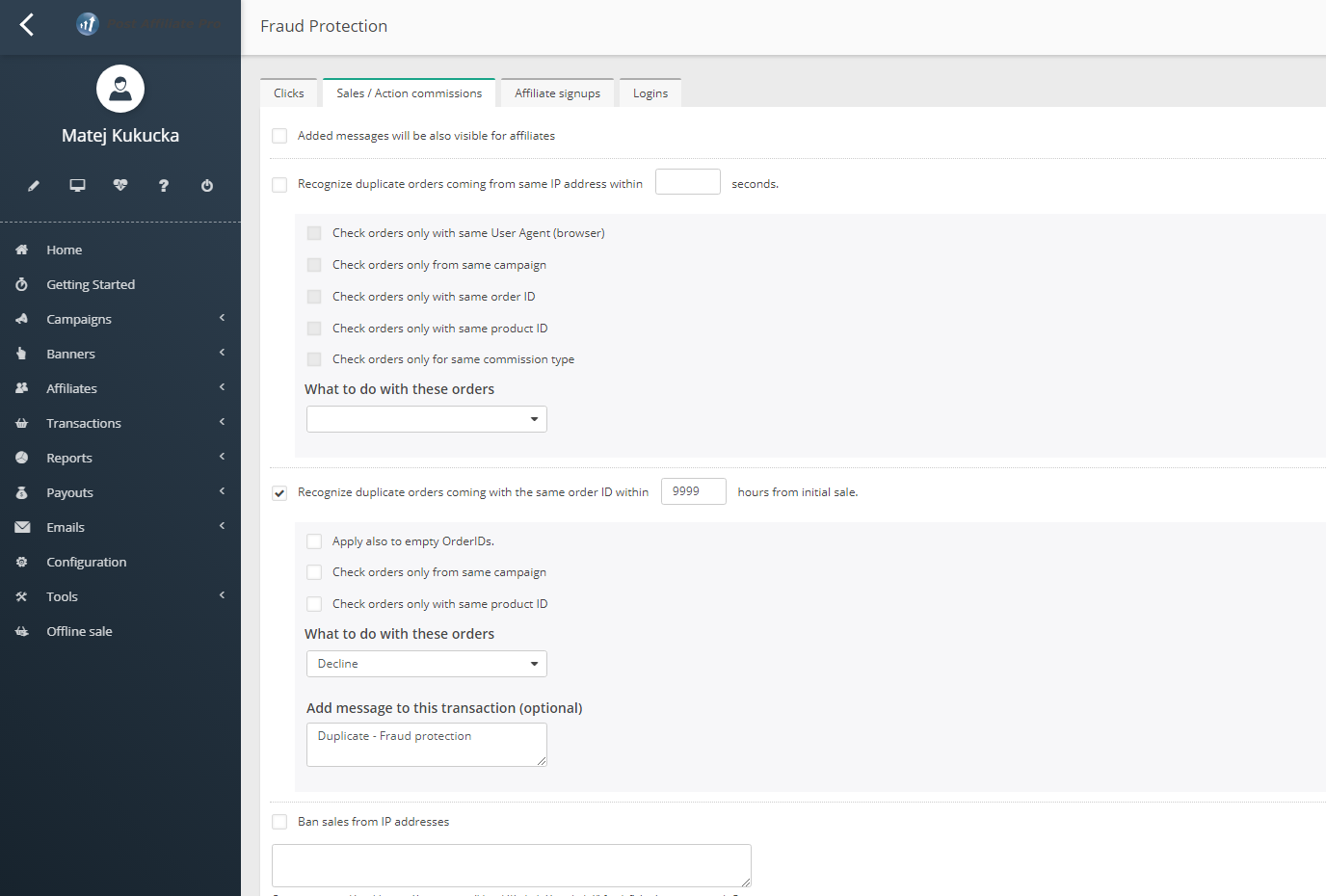
Affiliate Program Basics
An affiliate program is a way for producers of a product to reach a wider audience and sell more product, and for marketers to introduce their audience to that product and make some money doing so. Much like drop shipping, affiliate marketers don’t really own any of the product they are selling — their job is to create a marketing funnel.
An affiliate program has, essentially, three sides to it: the creator of the product, the marketer of the product, and the all-important consumer. As an eCommerce business owner, an affiliate marketing program can sound like a great way to reel in those consumers, right? Engaged audience, word of mouth, all that jazz. It is a great way to reach consumers, but there are two ways to do it.
The first is to create your own affiliate program. You set the rules, you set the commission, you find the affiliates. It’s all up to you — which, as you can imagine, is a blessing and a curse.
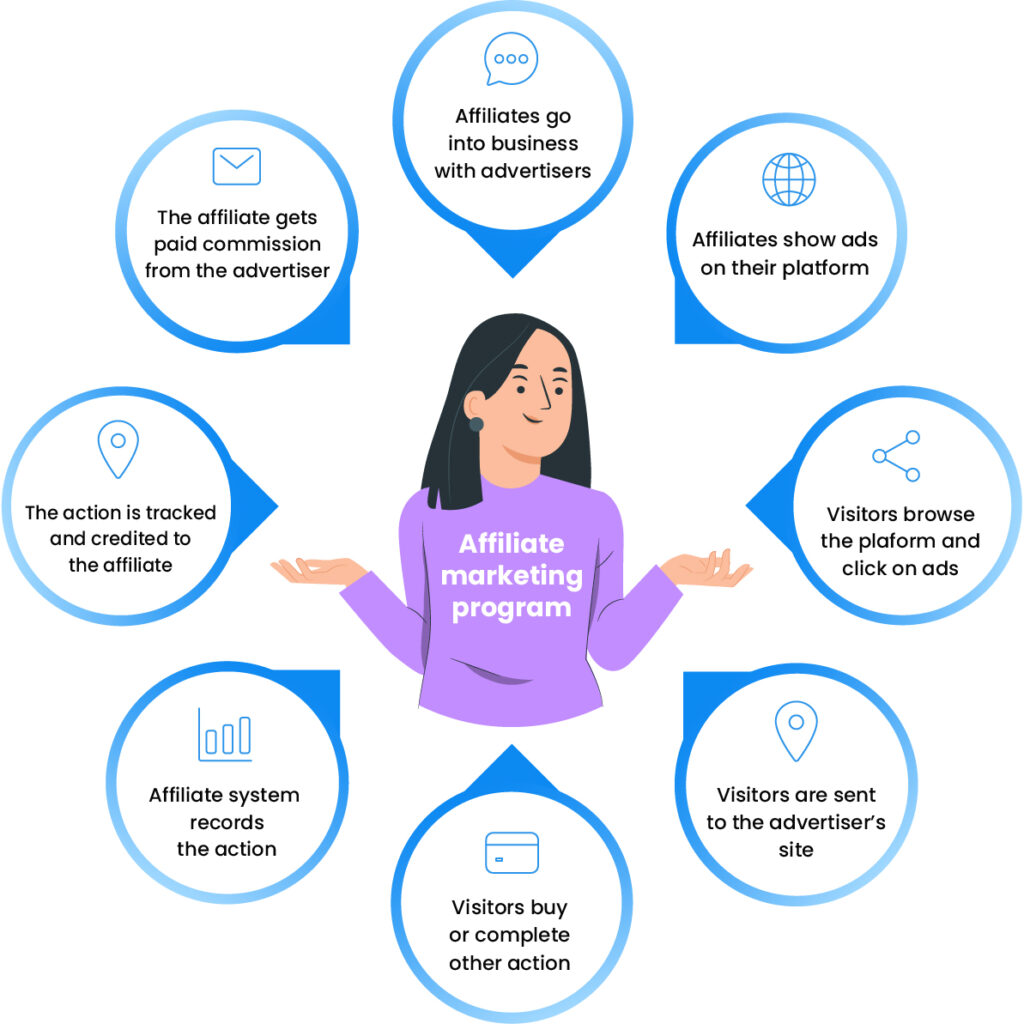
The second is to join an affiliate network. This adds a fourth party to the mix, which acts as a liaison between you and all the potential affiliates that can promote your product (that are signed up within their network). The affiliate network sets everything up for you, sets the terms, and provides you with easy access to a network of affiliates (hence the name).
But how does it work?
When someone signs up to be an affiliate for your product, they’re promoting it for you to their audience. You may have noticed affiliate links in your favorite marketing blogs, review sites, or even in YouTube video comments. There’s typically a disclaimer saying that they get a small cut if the viewer purchases the product through their link, but it doesn’t cost the buyer any more money than it would buying it normally.
That is, if the deal is transparent.
Sometimes you’ll see links in articles or videos and there isn’t a disclaimer, and you have to wonder — are they getting a cut, or do they just genuinely like the product? The audience has no way of knowing. However, this is not supposed to happen, and falls under the same rules as sponsorships and ads according to the FTC.
The reason affiliate marketing is so effective is because the promoter is leveraging the trust their audience has in them to recommend your product. It’s like another form of word-of-mouth advertising, except influencers, bloggers, and reviewers (the good ones) have a lot of ears they can reach and can convince a lot of people to buy. You can imagine why doing shady, under-the-table affiliate deals only hurts the business and the affiliate in the long run, as it’s not only not allowed, but it exploits the trust of the audience. Once that trust is broken, it’s nearly impossible to get back.
However, reaching the right audience is crucial. You need to do your research on who your target market is, which is pretty much Small Business 101. The key is finding the right influencer whose audience matches up with your target audience — people who could be interested in your product, if they only knew about it. Now that we’ve got the basics covered, you may be wondering which way you should go: forge your own path or join an existing team?
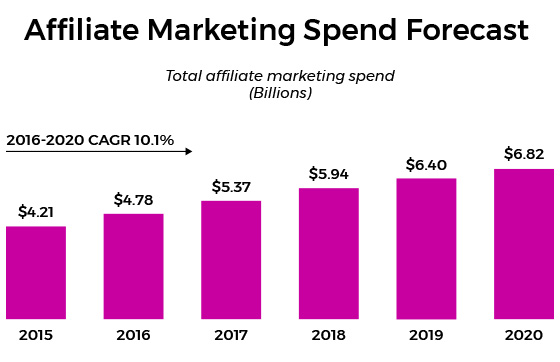
Pros and Cons of Joining an Affiliate Network
Pros of Joining an Affiliate Network
At first glance, you can immediately tell that joining a network will allow you to start generating affiliate sales far faster than creating your own program. It’s already all set up for you! A few simple clicks and you have access to a pool of affiliates ready to sell your products. There’s no legwork, no long research hours, no outreach emails and inquiries. Done. You’re up and running and raking in that cash (hopefully).
Aside from the access to affiliates that are ready to go, there’s also no work to be done setting up the platform. Again, it’s done, it already exists, and you don’t need to pour your time, money, and effort into finding a good tracking software, setting up communication, or even setting up security.
There’s even an advantage of being able to research the success of the various affiliate networks out there — because there are a lot. A little research and review-reading and you should be able to find one that other merchants are happy with and rest easy knowing that some of the vetting process is done for you. In the end, it’s the fastest and easiest way to get started with affiliates.
If you’re skipping through a field of daisies on your way to sign up immediately, not so fast. Let’s look at the cons.
Cons of Joining an Affiliate Network
You’ll notice that price wasn’t mentioned in any of that. That’s because it can cost a lot to join one of the existing affiliate networks — after all, all the legwork is done for you. All you have to do is create the marketing content. You’re paying the price for saving time. Not only does it cost money to sign up, but it also costs money every time an affiliate makes a sale. The affiliate network will take a cut of your revenue or your commissions. However, if you’re thinking that if it’s not successful then you won’t have to pay, think again: There’s often a minimum payment each month no matter how much you make. Ouch.
How much is it worth to you to get started right away and have a pool of affiliates ready to go? Five hundred dollars? A thousand? For starters, there’s typically some combination of a setup fee, deposit, transaction fee, and monthly minimum. According to this breakdown, setup fees can be anywhere from $500 to $3,000, deposits are around $1,000, and the fees and minimums vary so much it’s not worth trying to summarize. With Post Affiliate Pro, the monthly cost ranges from $129 to $599, with various other add-ons or one-time fees, but it’s worth noting that they do not charge per affiliate, which is a nice change.
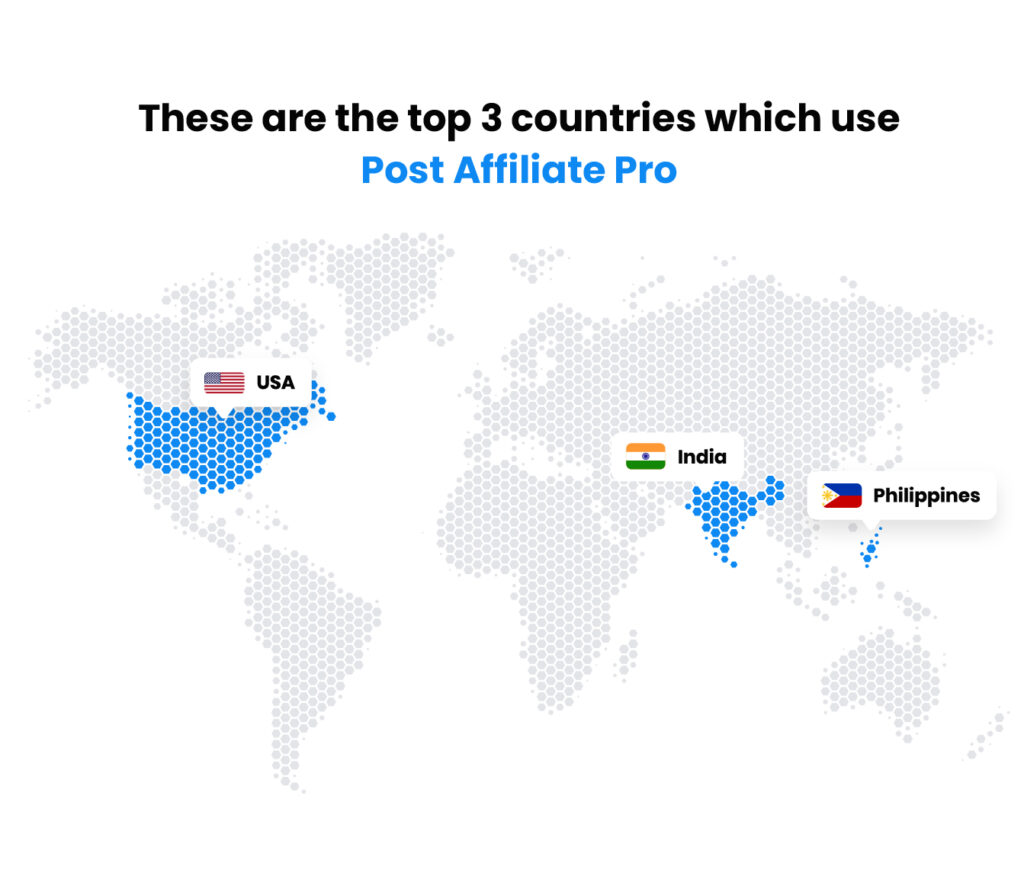
Ultimately, it varies from program to program, but suffice it to say, you’re going to be plonking down somewhere around $1,000-3,000 just to get started.
However, this is not an indictment of affiliate networks. Only you can say how much it’s worth to you to have someone managing that part of your business, and for some it’s worth it to free up that time and focus on other parts of the business. Don’t forget that your time is valuable too.
But even if you value your time more in the short term and it’s in your budget, consider this: There’s a loss of control. Instead of setting your own terms and conditions, guidelines for content, and rules for affiliates, almost everything is up to them. The better affiliate networks will let you control some things, like opting out of specific partnerships, but for the most part you abide by their rules.
Pros and Cons of Creating an Affiliate Program
Pros of Creating an Affiliate Program
As you can imagine, the pros of creating your own affiliate program fill in the gaps a bit where the cons are of joining a network — the first being the cost. Starting your own network is dirt cheap, as you can even just add a section onto your website, make a makeshift tracking document in Excel, and get off and running. Even if you wanted to spend money, you’d be buying a template to incorporate into your site or signing up for a white label affiliate program.
The cost of a white label affiliate program can run up to $70 a month for the basics. Again, not even necessary. You can hack it with a few different plugins and an Excel spreadsheet. It’s a much lower investment up front, and thus a lower risk.
Remember the lack of control we touched on earlier as a con for joining a network? Creating your own program is the exact opposite. You get to write the rules, decide what passes muster for an affiliate sale, and pay out accordingly. You also get control over how you want your product marketed and what commission you want to pay out — although, of course, you want to stay competitive and fair in your industry. But in the end, what you say goes.
Don’t let all that freedom and power go to your head just yet though. Let’s talk about the cons.

Cons of Creating an Affiliate Program
Remember all that time that signing up for a network would save you? It’s because starting your own program takes a lot of time. First there’s setting up whatever platform, add-on, or white label site you’re going to use. Then you need to figure out how you’re going to track outreach, sales, and commissions.
And then there’s the big one: finding affiliates. The benefit of the network is that you have tons of affiliates ready to go, so when you go at it alone, you have to do all the work yourself. Finding the right fit as an affiliate — someone with the right audience, a good relationship with that audience, and interested in being an affiliate for your product — is a lot harder than you probably think it is. It takes time to do research, it takes time to craft unique outreach pitches, and it takes time to cultivate that relationship.
However, let’s sneak a couple of pros in here (breaking all the rules, I know). With the time you’ve taken and invested in your affiliates, you’ll have a more personal relationship with them, hopefully leading to more involvement from them and better sales. And speaking of sales, with all the money you’re saving by not joining a network, you can pay higher and more competitive rates per commission, which will hopefully start to attract other affiliates in time.
Okay, back to cons for the final point: It takes a lot of time. Setting up the website takes time, setting up the tracking takes time, and constantly reaching out to affiliates and trying to build up your network takes time. It’s a much slower growth than an affiliate network can be.
So what’s the verdict?
How to Choose
As you can see, it all comes down to which you value more: your time or your money. If you’re on a shoestring budget as a small business or startup, the thought of spending so much on a network likely horrifies you. In other words, your time is worth less to you than your money — you’d rather save your money and spend it on things you can’t do (like building a website) and do as much as you can on your own.
On the other hand, if you’re stretched to the max and need to grow but don’t have the time to dedicate to doing it yourself, joining a network can be one of the best decisions you’ll make. It can be worth it to invest your money in something that will take all that off your plate and boost your business immediately. However, something to consider: It can be a trade-off in what will make you more money in the short term versus the long term. If you think about it, joining a network will make you more money right away. In the long run, though, if you build your own program successfully, it can make you more money than someone who is still paying fees and commissions to a network.
Share this article
The leader in Affiliate software
Post Affiliate Pro offers a comprehensive affiliate software platform to manage multiple affiliate programs with ease. Enjoy no setup fees, 24/7 customer support, and a free 1-month trial. Ideal for small and large businesses, it features precise tracking, automated workflows, and customizable tools to boost your affiliate marketing success. Try it now and streamline your affiliate operations effortlessly!
6 reasons to use a third-party affiliate management system
Discover the top 6 reasons to invest in a third-party affiliate management system. Simplify your affiliate marketing with automated tracking, fraud detection, and user-friendly solutions that save time and reduce costs. Boost your business's efficiency and gain more control over your affiliate programs today.
Affiliate networks vs. affiliate tracking software
Explore the key differences between affiliate networks and affiliate tracking software to streamline your affiliate marketing operations. Discover which solution offers the best automation, control, and efficiency for your program. Make an informed choice to optimize your revenue strategy.
Discover the essential role of affiliate software in managing and optimizing your affiliate marketing programs. Learn how it streamlines link tracking, referral management, and commission payments, ensuring data security and fraud prevention. Unlock growth opportunities with efficient program management and boost your business's reach and ROI. Visit now to explore the benefits of investing in affiliate software!
How to choose affiliate software
Discover how to choose the best affiliate software with Post Affiliate Pro's comprehensive guide. Learn about essential features like tracking, fraud prevention, and customizable commission types, all designed to optimize your affiliate programs. Ensure seamless operations with easy setup, mobile access, and outstanding support to save time and build trust with affiliates. Visit our guide to make informed decisions and boost your affiliate marketing success!








